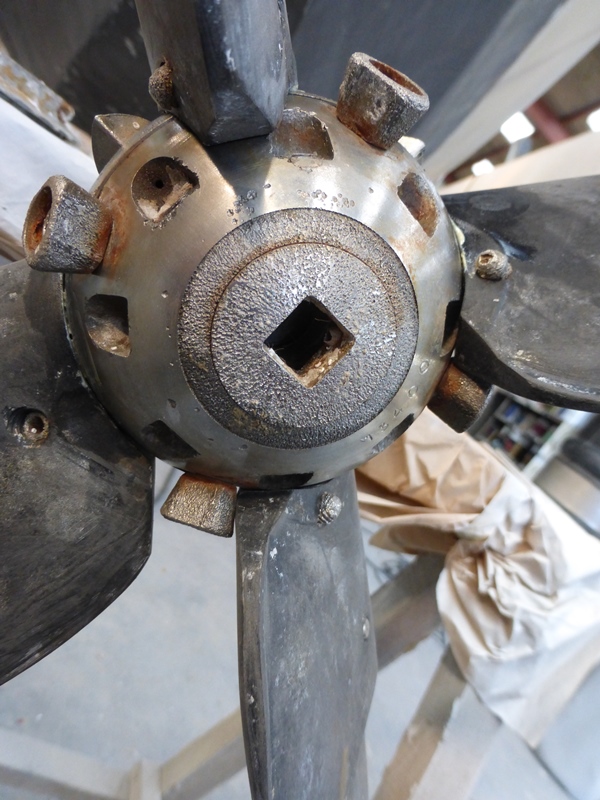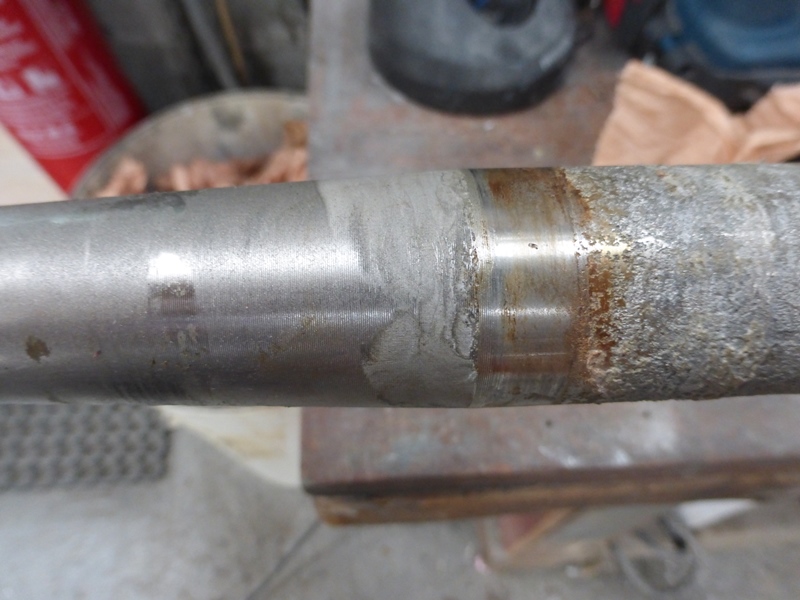Corrosion
Corrosion is one of the most difficult of issue to analyse as it can be caused by any number of events, material issues or problems which may well be unrelated to a particular vessel but can be caused by adjacent vessels or from the Marina power supply itself.
In addition the problem may have been caused over an earlier period and is only detected some time later when an owner has a chance to inspect the vessel.
Welding on a steel vessel anywhere nearby for example - will cause immediate and severe corrosion to any underwater components on other vessels.
One cannot conclude that because corrosion is now apparent that it is being caused by a situation that exists today.
The whole topic of corrosion is one of extreme complexity on which many have spent their life's work and cannot be summarised in a few lines.
Stainless steels - of which there are literally hundreds of different grades - can suffer from a number of quite different corrosion causes. Crevice corrosion - where the lack of oxygen can prevent an oxide layer forming leading to corrosion of a surface. Stress corrosion where a metal under stress can exhibit corrosion.
Electrolytic corrosion can be casued by two dissimilar metals generating a voltage between them leading to a current flow and subsequent corrosion. A Zinc or lack thereof may be a solution to this type of issue.
If corrosion is detected on a vessel it is best to use an acknowledged expert who has the appropriate instrumentation to take actual measurements of the vessel in it's berth. Then and only then can one start to make rational judgements as to the cause of the problem.
Modern Marina's today use RCD or Residual Current Devices to provide safety protection to vessels with onboard power. Isolating transformers previously performed this function but they were heavy, bulky and expensive but they did isolate the circuit entirely. RCD's offer a common earth route back to the Marina head which can include passage via various vessels. This again is a topic of some complexity but was well documented in " Professional Boatbuilder " as an issue some months ago.
To illustrate some of the complexities - many will make the statement that by having a flexible coupling they have " isolated " the shaft from any connection to the engine, when in electrical terms they have simply installed a very high resistance that simply forces any leakage current to find alternative routes to the shaft and propeller and perhaps then via seawater to the gounding at the head of the marina. To an electron - the salt water in the cooling pipes to the engine are a superhighway and perfectly adequate conductor. These types of issues identify the need for specialist advice and accurate measurement devices to allow a correct determination of the causes of corrosion.
We have also noticed in recent years that where corrosion has been reported on a vessel where this was not previously an issue - that a solar charger has been installed. Whilst very dfficult to prove the connection - we have to be suspicious as to cause given the number of these reports received.
Corrosion can only be addressed by a specialist with the correct instrumentation which must be used in the actual dock the vessel resides in.
This does not address the issue of a problem that caused the corrosion in a prior period and has now been addressed. Just because all tests show negative cannot eliminate prior period damage.
It is for these reasons corrosion will always remain a most difficult issue to find the cause(s) of.
Below is a series of photo's showing severe corrosion from an external source:


